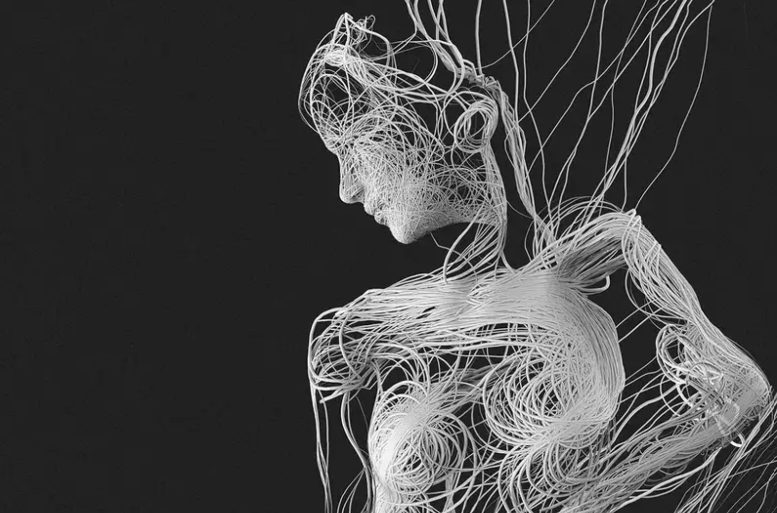The fascia is a type of connective tissue that surrounds and supports muscles, bones, and organs in the body. It is a continuous, three-dimensional web of tissue that covers and permeates every structure in the body, including muscles, bones, nerves, and blood vessels. Fascia has many functions in the body, including providing support and stability to muscles and organs, transmitting forces between structures, and protecting the body from trauma. It is also involved in circulation and the body’s immune and nervous systems.
Fascia is composed of collagen fibers, elastin fibers, and ground substance, which is a gel-like substance that surrounds and cushions the cells within the fascia. The collagen fibers give fascia its strength and elasticity, while the elastin fibers allow the fascia to stretch and move with the body. The ground substance acts as a lubricant, allowing the fascia to slide and glide over other tissues as the body moves.
Here is a list of some of the major fascia in the body, along with their body position and functions:
- Superficial fascia: This type of fascia is found just beneath the skin and helps to connect the skin to the underlying muscles and bones. It also stores fat, helps to regulate body temperature, and protects the body from trauma.
- Deep fascia: This type of fascia is found deep within the body and surrounds and supports muscles, bones, and organs. It helps to transmit forces between muscles and organs, and also helps to stabilize and protect these structures.
- Thoracolumbar fascia: This fascia is located in the lower back and connects the spine to the pelvis and legs. It helps to support and stabilize the lower back and pelvis, and also helps to transmit forces between the upper and lower body.
- Fascia lata: This fascia is found in the outer thigh and helps to connect the thigh to the pelvis and lower leg. It helps to support and stabilize the thigh, and also helps to transmit forces between the upper and lower body.
- Plantar fascia: This fascia is found in the foot and helps to support and stabilize the arch of the foot. It also helps to transmit forces between the foot and the ground during movement.
Functions of fascia include providing support and stability to muscles, bones, and organs, transmitting forces between structures, and protecting the body from trauma. Properly functioning fascia is important for overall body function and movement.



